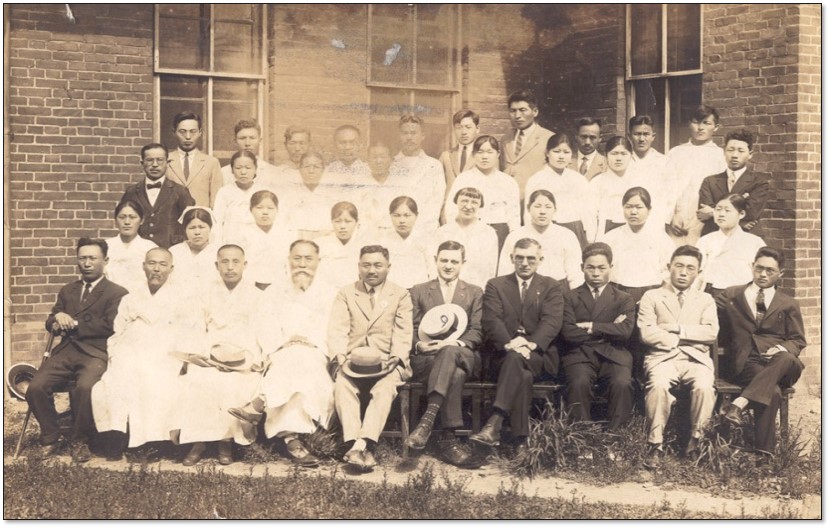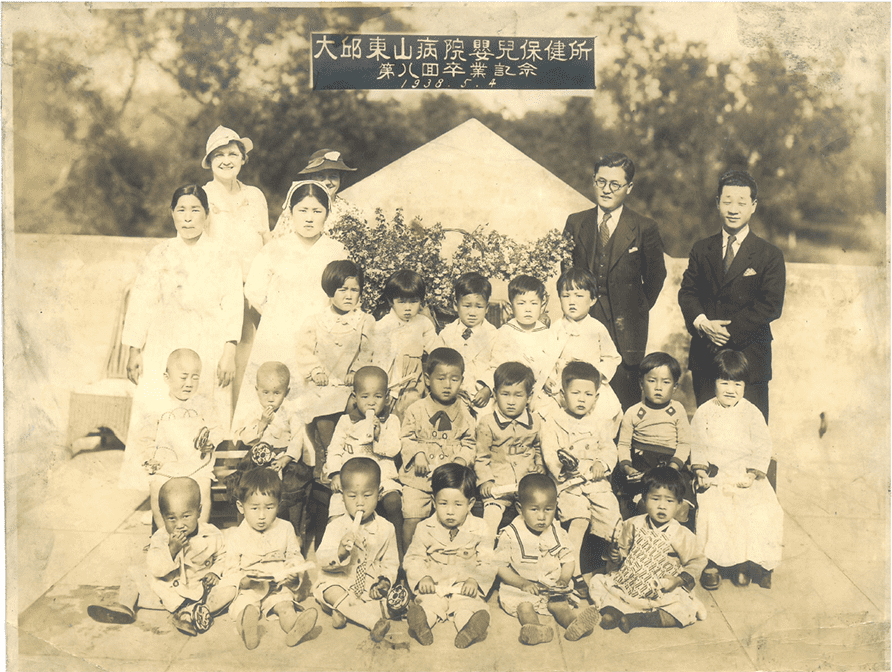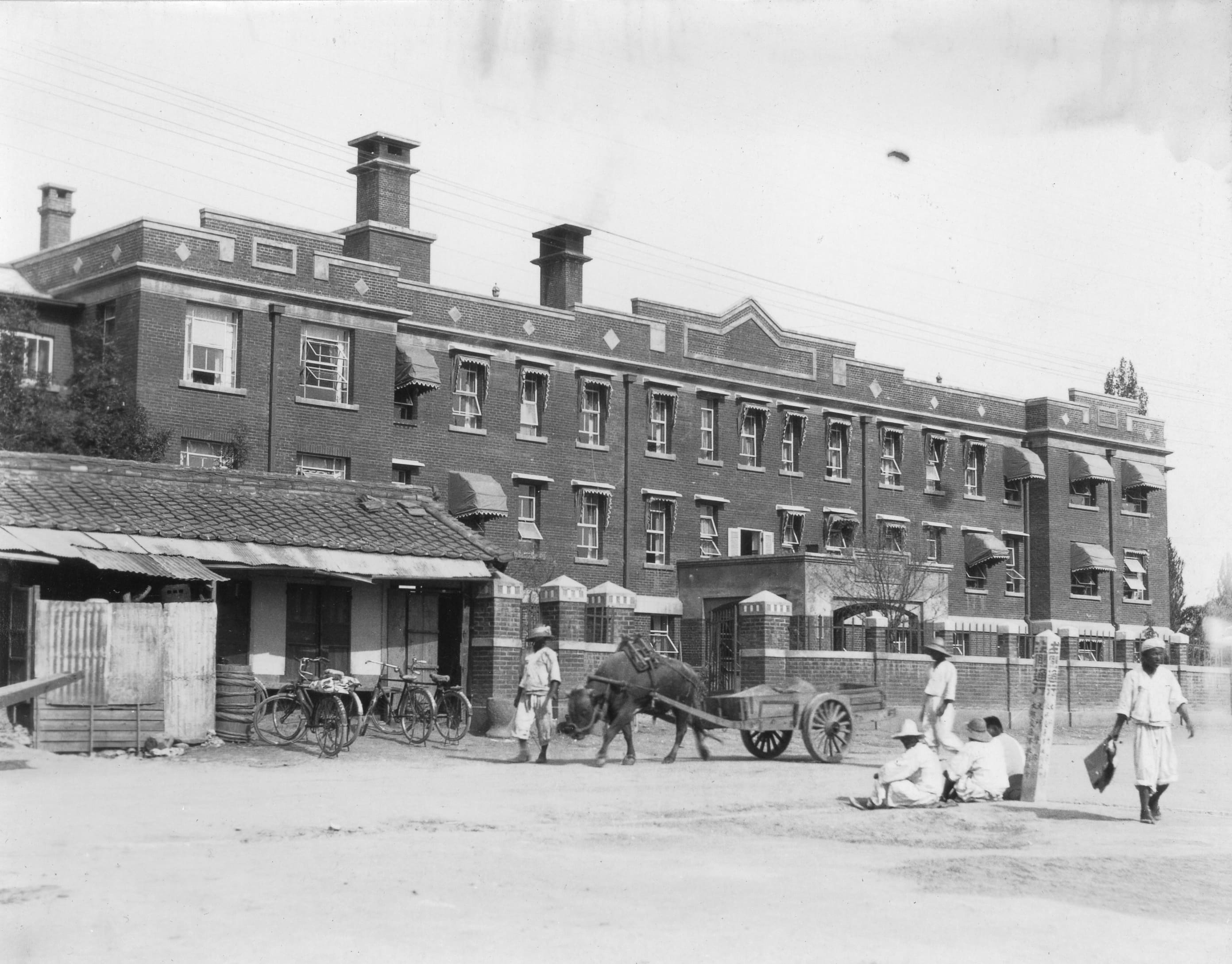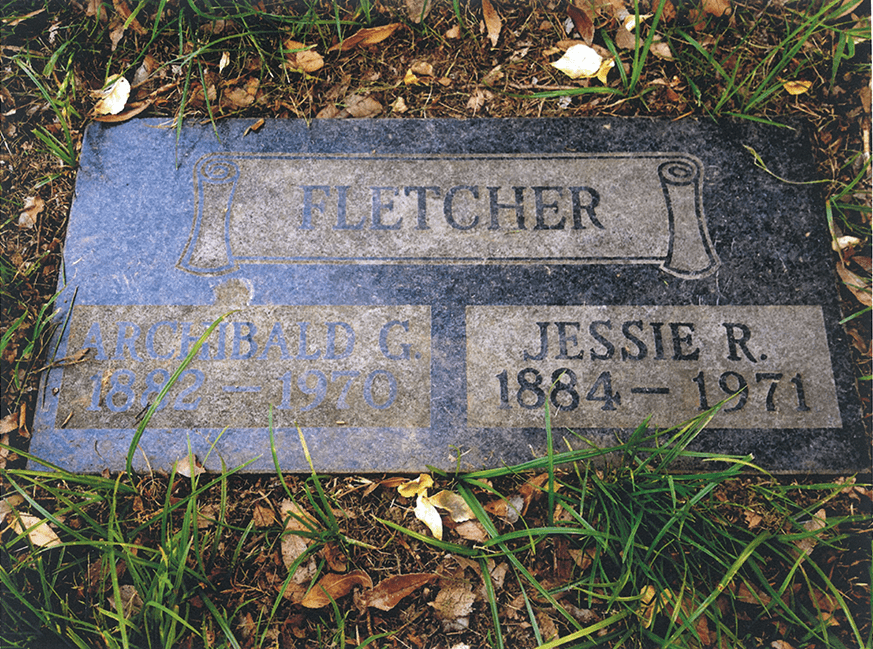 > Missionary Introduction
> Missionary Introduction

Archibald Gray Fletcher, who was called Byeolichu, was born in August 1882 in Ontario, Canada. He was influenced by his mother's faith from an early age. His mother emphasized life a lot as a witness to Jesus, saying, "When Jesus died and was resurrected, He always told his disciples to go to all the world and preach the gospel to all the nations. That was the way how to come back to our beloved Lord, even our ancestors who lived a hard life in Scotland, the northern part of England. Think about how different life we would have been without that light," she said.
After graduating from the British American Business College in Toronto, he thought he should become a medical missionary while attending the Chicago of Physicians and Surgeons under the influence of his mother's words and faith. On December 29, 1908, he was appointed as a medical missionary by the Overseas Mission of the Northern Presbyterian U.S.A.
Arriving in Pyongyang in August 1909, he took a language course for about three weeks and was appointed a ministry to Daegu at the annual mission meeting held in September 1910. The missionary Woodbridge Johnson, who came earlier, was unable to continue his medical duties due to the aftereffects of overwork and infectious diseases, and the mission department decided to send Fletcher to Daegu. Since then, he has served as a medical missionary in Daegu for 30 years.
At that time, the hospital was so narrow that it was too difficult to treat patients properly, and with Fletcher's efforts, a hospital single-story building was built with funds from New York. In addition, by training operating room assistants and nursing staff, the medical ministry at the Daegu Missionary Branch has found stability. In 1911, Jejungwon was renamed Dongsan Christian Hospital. On June 19, 1915, Underwood officiated, he married missionary Jesse Rogers in Seoul and served as a medical missionary in Daegu.

Archiebold Fletcher taking care of patients
In the summer of 1913, with the help of Bailey and his wife of “Mission to Leper in India and the East”, they donated $5,000 to treat Hansen's disease patients, securing a site of 18,000 pyeong at 52 Naedang-dong, Dalseo-myeon, Dalseong-gun, and built a Na Hospital capable of accommodating 100 leprosy disease patients on May 6, 1917.
Each of the two buildings had an office, a treatment room, and a worship room, and a dormitory-style shared bedroom could be accommodated separately for male and female patients. At that time, it was known as the best leprosy disease patient hospital in Asia. In 1924, when it was expanded to a two-story brick building with heating facilities, it was called "Parderburg Hall," and the Korean name was changed to "Aerakwon."

6 leprosy disease patients who Archibald Fletcher bought and housed a house

Daegu Aerakwon, 1938
In April 1918, he was forced to leave Daegu with his wife and children due to sudden acute pulmonary tuberculosis. While treating at “Trudeau Sanatorium” in the U.S., he realized that effective follow-up measures were missing because evangelical activities were weak in the hospital, and returned to Daegu after treatment and organized “the Hospital Preaching Society” in February 1921 with all 26 hospital employees as members.
The Hospital Preaching Society had three distinct objectives. The first was to preach the gospel to all patients, the second was to convert as many patients as possible to Christians, and the third was to have many of the new converts settle in the church. If they joined the Hospital Preaching Society, they had to pay a membership fee and they used it as an operating expense.
Through these activities of the Hospital Preaching Society, 147 local churches in Daegu and Gyeongbuk were pioneered for about 20 years from 1921 to 1941. In addition, the Hospital Preaching Society became the “Dongsan Medical Missionary & Welfare Association” on June 10, 1996, and all 3,500 faculty members of Keimyung University Dongsan Medical Center have collected 1% of the basic salary from a century ago to continue their mission and service.

The Hospital Preaching Society and Archibald Fletcher, 1930
On May 5, 1924, with Fletcher, missionary Clara Hedberg established a Nursing Training School affiliated with Dongsan Christian Hospital with the help of Son Yi-sang, director of internal medicine, and Kim Deok-soo, director of general affairs, and Hedberg was inaugurated as the first director. At first, they accepted five girls and started a Training School. With their efforts in 1925, the Training School established the basic framework of a systematic organization, and from 1930 to 1931, all graduates passed the National Qualification Examination for Nurses.
In 1928, the “Daegu Baby Welfare Clinic” was built with the help and sponsorship of Missionary Headberg, and on February 14, 1930, a welfare institution was established in the old medical office building in Dongsan Christian Hospital.

Archibold Fletcher at the graduation ceremony of the Nursing Training School, 1936

Baby Welfare Clinic Graduation Ceremony, 1938
In 1931, Fletcher built a modern three-story hospital with a $35,000 donation. This building was the first Western-style hospital building in Daegu, and there were several accidents, including a fire in a second-floor clinic in June 1939, but numerous patients were treated through the hospital, heard the gospel, and saved their souls. Through this, Dongsan Christian Hospital became famous nationwide outside Daegu.

Jejungguan of Dongsan Christian Hospital, 1937
In 1941, Japan launched an air raid on Pearl Harbor, and World War II broke out, and Korea was oppressed and persecuted by Japan. All missionaries in the mission department were forced to leave Joseon or shrine worship. The Northern Presbyterian U.S.A. suspended all missionary activities with the approval of the General Assembly. Fletcher and his wife, who tried to protect the hospital to the end, were forced to leave Korea on August 9, 1943.
After World War II, he visited Korea again for a while, and returned to the United States in April 1905 for a short vacation, but he was never able to step on Korea again due to the outbreak of the Korean War. He retired as a missionary in December 1957 and spent the rest of his life in Westminster Gardens outside Los Angeles before being called by God in 1970 at the age of 89. He was buried in Monrovia Oak Memorial Park in California, U.S.

The Fletcher couple's tomb in Oak Memorial Park, Monrovia, California, U.S.